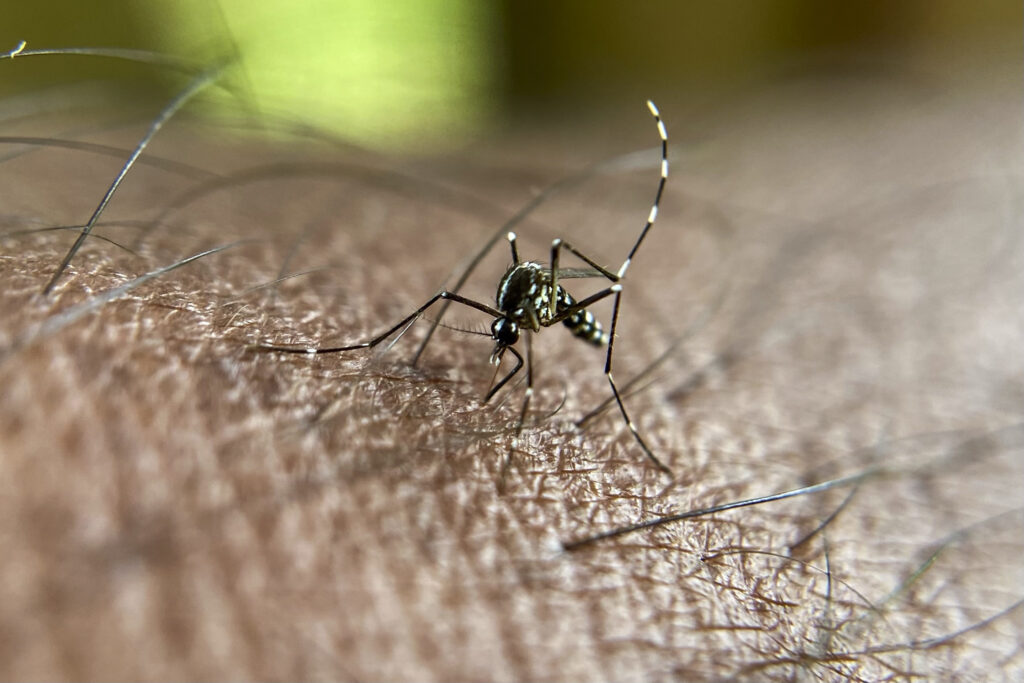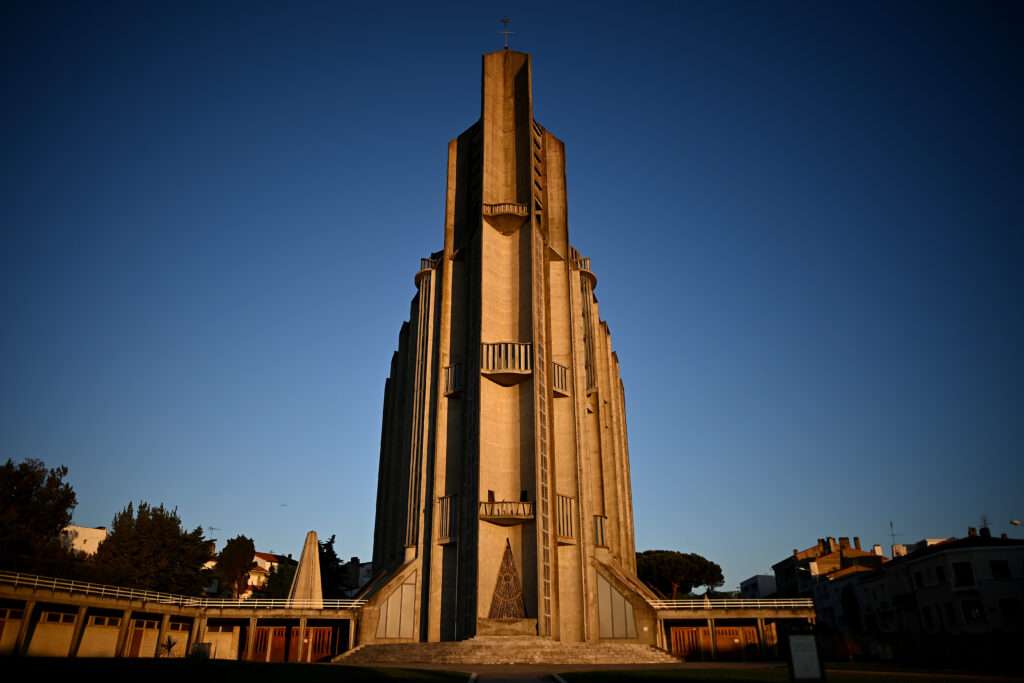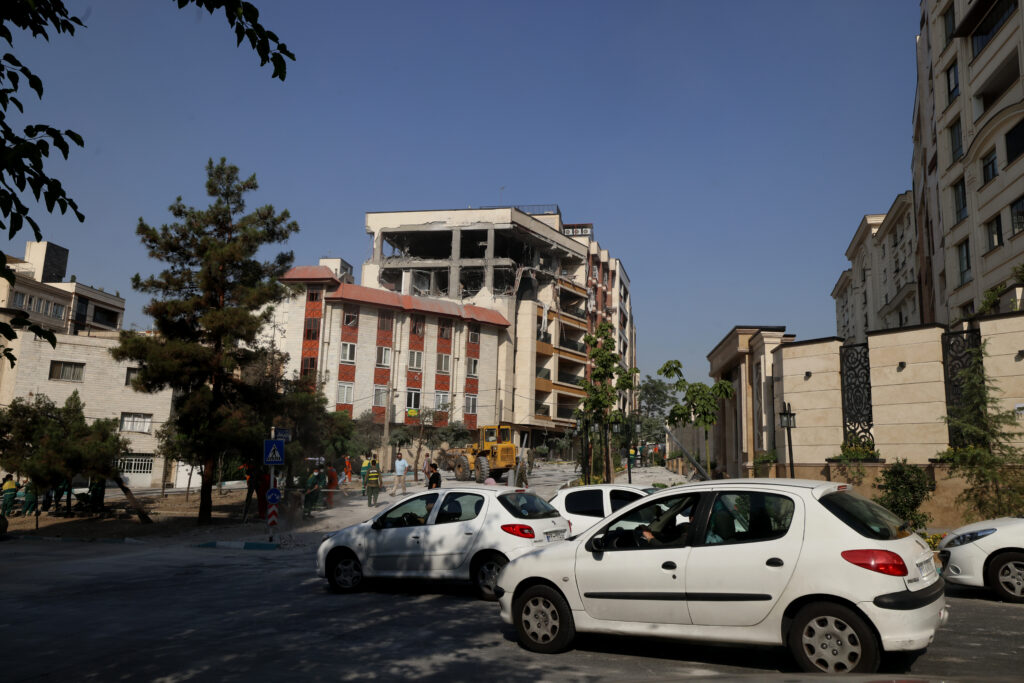L’Iran a qualifié vendredi l’attaque israélienne de “déclaration de guerre” après des frappes massives d’Israël contre une centaine de cibles dont des sites nucléaires, qui ont tué les deux plus hauts responsables militaires de la République islamique.Alors que les appels à la désescalade se multiplient à travers le monde après cette attaque d’une ampleur sans précédent contre l’Iran, de nouvelles explosions ont été entendues à la mi-journée dans le nord-ouest de l’Iran. Des médias locaux ont fait état d’une nouvelle frappe sur le centre d’enrichissement d’uranium de Natanz (centre), et d’un incendie à l’aéroport de Tabriz (nord-ouest). Les frappes, notamment sur Téhéran, surviennent alors que la pression ne cessait d’augmenter sur l’Iran pour son programme nucléaire, Israël et des Etats occidentaux le soupçonnant de vouloir se doter de l’arme atomique, ce que dément Téhéran. “Mort à Israël, mort à l’Amérique!”, ont crié dans la matinée des Iraniens venus manifester dans le centre de la capitale, brandissant des drapeaux iraniens. Ahmad Moadi, un retraité de 62 ans, appelle à une “réponse cinglante” contre Israël, un pays non reconnu par l’Iran.L’opération a débuté dans la nuit et visé des sites militaires et nucléaires dans plusieurs régions iraniennes. L’armée israélienne a notamment affirmé que les installations souterraines du site de Natanz avaient été touchées.- “De nombreux jours” -Le Premier ministre israélien, Benjamin Netanyahu a averti que l’opération militaire durerait “de nombreux jours”, et l’armée israélienne indiqué que ses avions de combat continuaient de frapper le territoire iranien. Tôt vendredi, le général Hossein Salami, chef des Gardiens de la Révolution, a été tué dans une frappe sur le quartier général des Gardiens de la Révolution à Téhéran, comme un autre dirigeant de la puissante armée idéologique de la République islamique. Le chef d’état-major iranien, le général Mohammad Bagheri, et six scientifiques du programme nucléaire iranien ont également péri dans des frappes, qui ont aussi blessé un haut conseiller du guide suprême, l’ayatollah Ali Khamenei, selon des médias locaux.Au moins 95 personnes ont été blessés à travers le pays, selon la télévision d’Etat.Une frappe a notamment touché un immeuble du quartier cossu de Nobonyad, dans le nord de Téhéran. Les secouristes s’affairent au milieu des débris du bâtiment endommagé, tandis que la zone est bouclée par un important dispositif de sécurité. Des familles en pleurs et des badauds se sont rassemblés à proximité. L’armée israélienne a indiqué qu’environ 200 avions avaient visé une centaine de cibles à travers le pays. Le site de Natanz a été visé “plusieurs fois” dès le début de l’attaque, selon la télévision d’Etat, qui a montré une épaisse fumée noire s’en élevant. Les sites nucléaires “ne doivent jamais être attaqués”, a dénoncé l’Agence internationale de l’énergie atomique (AIEA) selon laquelle “aucune augmentation des niveaux de radiation n’a(vait) été observée” sur ce site. Trois sites militaires dans le nord-ouest ont également été visés, d’après la télévision iranienne.Israël “a frappé au coeur du programme de missiles balistiques de l’Iran”, a affirmé M. Netanyahu, saluant le “succès” de cette opération.L’armée israélienne a indiqué disposer de renseignements prouvant que Téhéran s’approchait du “point de non-retour” vers la bombe atomique. Selon elle, “le régime iranien avait un plan concret pour détruire l’Etat d’Israël”. – “Pas de limites” -Le ministère iranien des Affaires étrangères a qualifié l’attaque de “déclaration de guerre”, et appelé le Conseil de sécurité de l’ONU à réagir.Les forces armées iraniennes ont averti auparavant qu’elles n’auraient “pas de limites” dans leur riposte. L’ayatollah Ali Khamenei a promis un sort “douloureux” à Israël.Quant aux Etats-Unis, allié indéfectible de l’Etat hébreu, ils seront “responsables des conséquences” de l’attaque, a assuré Téhéran.Quelques heures après les premières frappes, l’armée israélienne a fait état d'”environ 100 drones” lancés par l’Iran vers le territoire israélien et un responsable militaire a indiqué en début d’après-midi que l’armée continuait à en intercepter.La Jordanie, voisine d’Israël, a déclaré aussi avoir intercepté des drones et missiles qui avaient violé son espace aérien.La dernière attaque israélienne contre l’Iran annoncée publiquement remonte à octobre 2024 quand Israël avait dit avoir mené des raids aériens sur des cibles militaires en représailles au tir de quelque 200 missiles iraniens vers le territoire israélien, mais elle n’avait pas l’ampleur de celle de vendredi.Alors que plusieurs pays de la région comme l’Arabie saoudite ou la Turquie ont dénoncé l’attaque israélienne, les dirigeants étrangers ont pour la plupart appelé, à l’instar des Nations unies, à la retenue et à la désescalade.Le Hamas, en guerre contre Israël à Gaza depuis plus de 20 mois, les rebelles yéménites houthis et le Hezbollah libanais, tous alliés de Téhéran, ont vivement condamné les frappes.Les cours du pétrole ont flambé de plus de 12%, faisant redouter de fortes perturbations sur les approvisionnements d’or noir.Signe de l’extrême fébrilité dans la région, les compagnies aériennes dans le Golfe, comme la principale, Emirates, ont annulé plusieurs vols en provenance et à destination de l’Irak, la Jordanie, le Liban, l’Iran et la Syrie. Air France a annoncé la suspension de ses vols entre Paris et Tel Aviv.Le président américain Donald Trump, qui doit réunir vendredi son conseil de sécurité nationale, a affirmé avoir été prévenu à l’avance de l’opération. Le secrétaire d’Etat Marco Rubio a indiqué que Washington n’était pas impliqué dans l’attaque et que la “priorité” de Washington était de protéger ses forces dans la région. – Risque de “conflit massif” -Téhéran avait menacé mercredi de frapper les bases militaires américaines au Moyen-Orient en cas de conflit après un éventuel échec des négociations sur le nucléaire entre Washington et Téhéran. Un sixième cycle de pourparlers, à la tenue désormais incertaine, était prévu dimanche à Mascate.Face au risque d’un “conflit massif” au Moyen-Orient, Washington a réduit son personnel diplomatique dans la région, en Irak notamment. Des ambassades américaines au Moyen-Orient ont appelé leurs ressortissants à faire preuve de prudence.L’enrichissement de l’uranium est la principale pierre d’achoppement dans les discussions visant à encadrer le programme nucléaire iranien en échange d’une levée des lourdes sanctions imposées au pays.Washington exige que l’Iran y renonce totalement, ce que Téhéran refuse, y voyant un droit “non négociable”.Téhéran avait dit jeudi vouloir augmenter de manière “significative” sa production d’uranium enrichi avec la prochaine construction d’un nouveau site, en réponse à l’adoption par l’AIEA d’une résolution le condamnant pour “non-respect” de ses obligations en matière nucléaire.L’Iran est le seul Etat non doté d’armes nucléaires à enrichir de l’uranium au niveau de 60%, selon l’agence basée à Vienne. Il faut un minerai enrichi à 90% pour fabriquer une bombe atomique.





